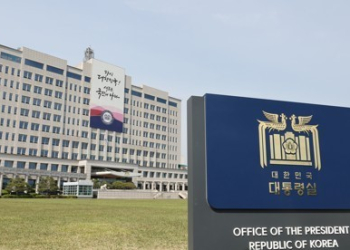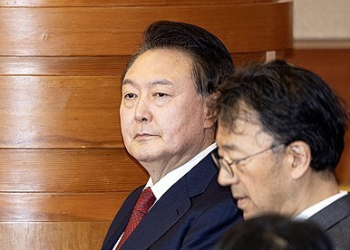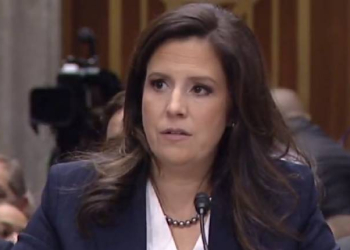Washington: The US Federal Reserve is expected to use this week’s policy meeting to pave the way for raising interest rates in March for the first time since the onset of the Covid-19 pandemic, as the central bank has made a hawkish pivot to combat surging inflation, economists have said.
“With the FOMC growing increasingly concerned about inflation, we look for January’s post-meeting statement to signal the Fed funds rate could be lifted at its next meeting on March 15-16,” Xinhua news agency quoted Jay H. Bryson, chief economist at Wells Fargo Securities, as saying in an analysis, referring to the Federal Open Market Committee, the Fed’s policy-making committee.
“Such a hint could come by indicating that the labour market is close to maximum employment, the remaining criteria the Committee has laid out for liftoff,” Bryson said, expecting the Fed to “downplay the temporary slowdown in growth” due to the most recent wave of the virus.
“To stave off a March rate hike, we believe the FOMC would need to see an abrupt slowdown in inflation,” he added.
The consumer price index rose 7 per cent in December 2021 from a year earlier, the largest 12-month increase since June 1982, according to the Labour Department.
Joseph Brusuelas, chief economist at accounting and consulting firm RSM US LLP, believed that the Fed will use its meeting on Tuesday and Wednesday to “prepare market participants for the major shift in policy that lies ahead”, including a rate hike in March, another in June, and a balance sheet runoff likely to start in June or July.
“The key objective is for the Federal Reserve to lock in expectations for the next six months and to lay out what will most likely happen over the remainder of the year. This would imply that the news conference will be just as or more important than the policy statement,” Brusuelas said on Monday in a blog post.
The central bank’s policy statement is set to be released on Wednesday, followed by a press conference with Fed Chair Jerome Powell.
“Market participants have priced in four full rate hikes this year with the probability of a fifth rising. While we think this is premature, Powell will have the opportunity to address this possibility,” Brusuelas said.
While the Fed’s policy statement will acknowledge the disruption to economic activity triggered by Omicron, it will still signal a liftoff in rates to begin in March, said Diane Swonk, chief economist at major accounting firm Grant Thornton.
“The Fed has pivoted from being patient to panicked on inflation in record time. It took less than two months to pivot. Members who are now rotating into voting positions on policy decisions tend to be among the most outspoken on rate hikes,” Swonk said.
Many Fed officials, including Federal Reserve Bank of Philadelphia President Patrick Harker, have also expressed in recent weeks that they would be comfortable with a rate increase in March from the current record-low level of near zero.
“My forecast is that we would have a 25 basis-point increase in March, barring any changes in the data,” Harker said earlier this month.
The Fed is on track to conclude its asset purchase program in March as it exits from the ultra-loose monetary policy enacted at the start of the pandemic.
The size of the Fed’s balance sheet has increased to almost $9 trillion, more than double the amount compared with early 2020, according to the central bank.
(IANS)




















